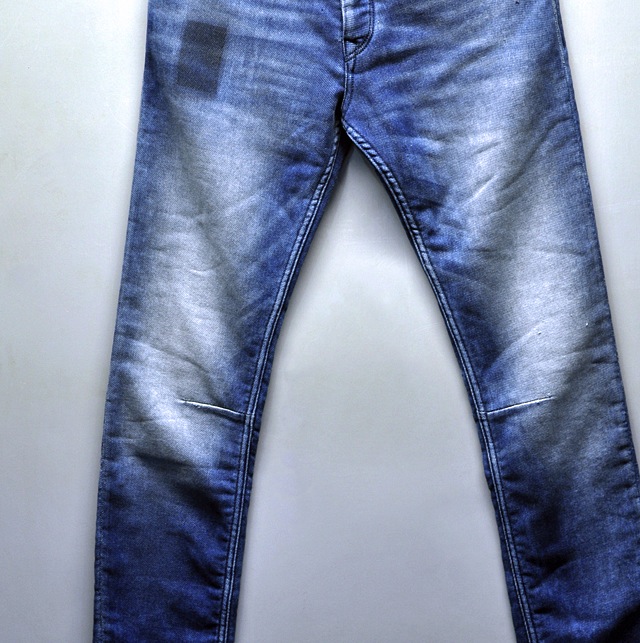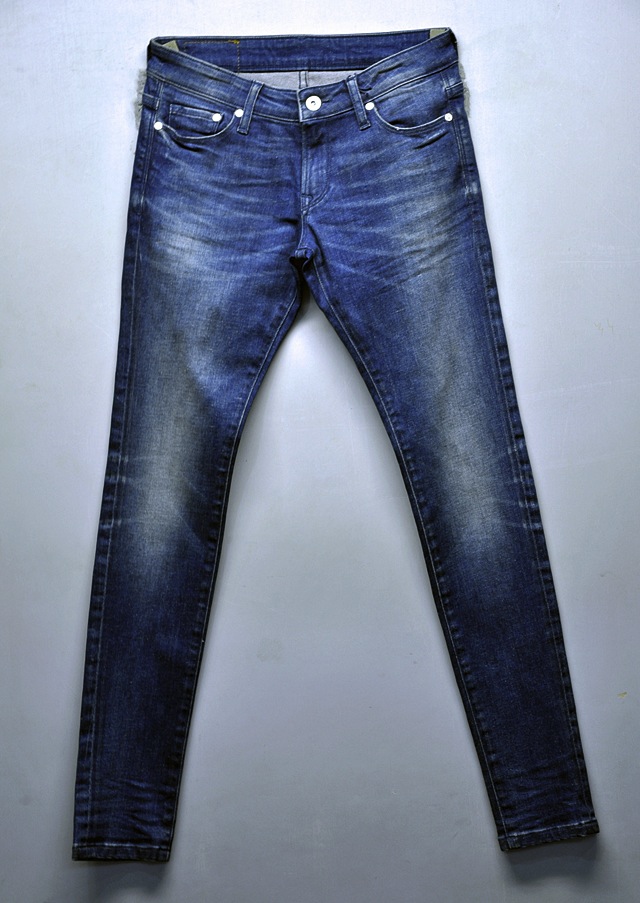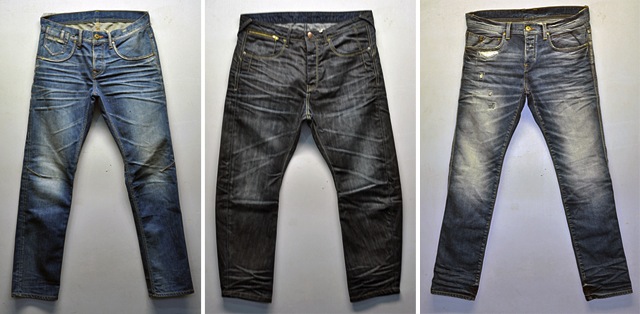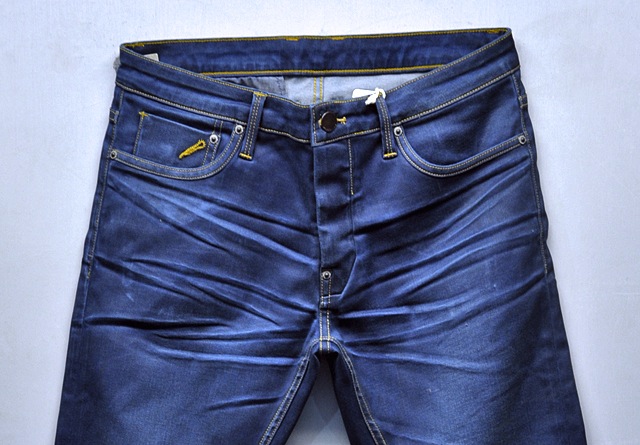My story of getting into the jeans designing and washing business doesn’t actually start with a pair of jeans. I always took jeans for granted and saw them more as a necessity. Jeans to me were like water, you have to have them in your wardrobe, you have to wear them. So I never paid much attention to them in the beginning. Yes, the colour, the wash, the fit and the styling have always been important to me, like most of us, but I never really bothered to look into how they were made.
Back in the days when I was in college, much of what I used to wear was very much inspired by singers and music celebrities of the late 90s and early 2000s. So there was a lot of bleached out distressed denim in my closet, which I used to buy from the vintage clothing shops. All of this stuff was (and is still) coming into Pakistan majorly from the US, and that is how I got familiar with the brands like Levi’s, Wrangler and Lee. I still remember my favourite pair of jeans back in those days used to be a Guess bleached, stone washed, straight jean, which I later transformed into pair of shorts and did a bit of hand painting on them.
After college I got into Textile Institute of Pakistan (which is one of the most reputable textile universities in Pakistan), where I learned how fabrics are made, dyeing processes, weaving, garment making and all the technical stuff. But it wasn’t until my postgraduate studies at the University of Manchester that I discovered the beauty and the rich history of denim. I was doing my postgrad thesis on multicultural/multi-ethnic clothing and what would make people buy them. I thought about what made t-shirts and the jeans equally popular around the globe, like the denim originated from France (although it has been made the same way for centuries in different parts of the world), the first pair of the trousers what we now know as jeans were made by Levi Strauss in the US back in 1873 and over the passage of time they took over the world. And as we see now, they are a staple. You have to have them or I’d say it is a sin not to own them.
That got me thinking and I scoured the library for every single text that I could find on denim, reading for ages, and I was so fascinated and enchanted by the beauty of it. But what particularly fascinated me about denim was the idea that one fabric is so powerful, it has over time erased the blurred lines of class, race and creed. You can see some top celebrities wearing a pair of jeans that are inspired by a stone mason or a carpenter. Also, it is like a canvas, which when given to a different person can turn out entirely different, just like different artists would paint different on the same canvas, telling different stories. So I believe that denim is mighty and that was what inspired me to start creating washes. That is how it all started.
Now, my work is divided into two major activities; fabric development and the subsequent wash developments on the jeans made out of those fabrics. This is more of a R&D + Trend Analysis work. For fabric development, there is a lot of research involved related to new materials/fibers, yarns, new weave trends, colour trends and techniques, then the different finishes, what are the latest innovations in the chemistry that are shaping up the chemicals of the future and how it is going to impact denim finishes and all. Sometimes, a customer gives us an inspiration and asks us to develop something similar as per their requirement. So, it is a very surgical process, you have to analyse the fabric and then go all the way backwards to the yarn and then recreate it all over.
Coming to the garment and wash development, to put in a very simple sentence, it is about taking the fabrics from your library and getting the garments sewn and washed for a particular customer. It involves a lot of research as well. You have to keep an eye on the new fits and details that brands are introducing. You have to keep in mind that certain fabrics will be more suited to a specific fit, some fabrics are more of universal nature, so there is a lot of room to play in terms of fit. Then, it is about finding inspirations for the wash developments. You have to create mood boards and pin down different sources of inspirations. Sometimes you have to dig out some old garments from your library and use them as an idea. Sometimes, it is just some random guy walking past you wearing a beautifully worn down pair of jeans that can light up a bulb in your mind. The dry and wet processes also have to be decided accordingly, depending on the final outlook of the washed jeans.
With my job, there are all different sorts of collections that have to be made. Sometimes, it is prepared on a broader perspective, like as a catalogue of the product that the mill has to offer to a wide base of brands that can use them as a trend direction or for trade fairs. Then on some other instances, it needs to be very specific, like when you are going to present a collection to a brand for their upcoming season, you have to be very focused regarding the costs involved, the fabrics you are going to use, the styling, washes and everything.
As you can see, learning about denim as an education and doing that little bit of DIY on my Guess jeans way back when has really given me the enthusiasm and inspiration that I needed to spark off this passion I had underlying for denim. Now that I get to create jeans from scratch for other people, I really get to live out my creative side and I love it! I’ve included a few photos of some of my favourite jeans and washes that I have created. I hope you enjoy them!
A huge thank you to Nauman Ahmad for sharing his denim story with us. It’s a little different to the usual Denim Tales we have here on The Jeans Blog, but I love that it’s unique. He found his passion in an unlikely way and it’s really nice to get to know the inside of the denim industry, seeing how jeans are made from scratch! If you have your own denim story to submit, please do get in touch as we would love to hear it! You can also shop gorgeously washed jeans similar to Nauman’s online at East Dane.





